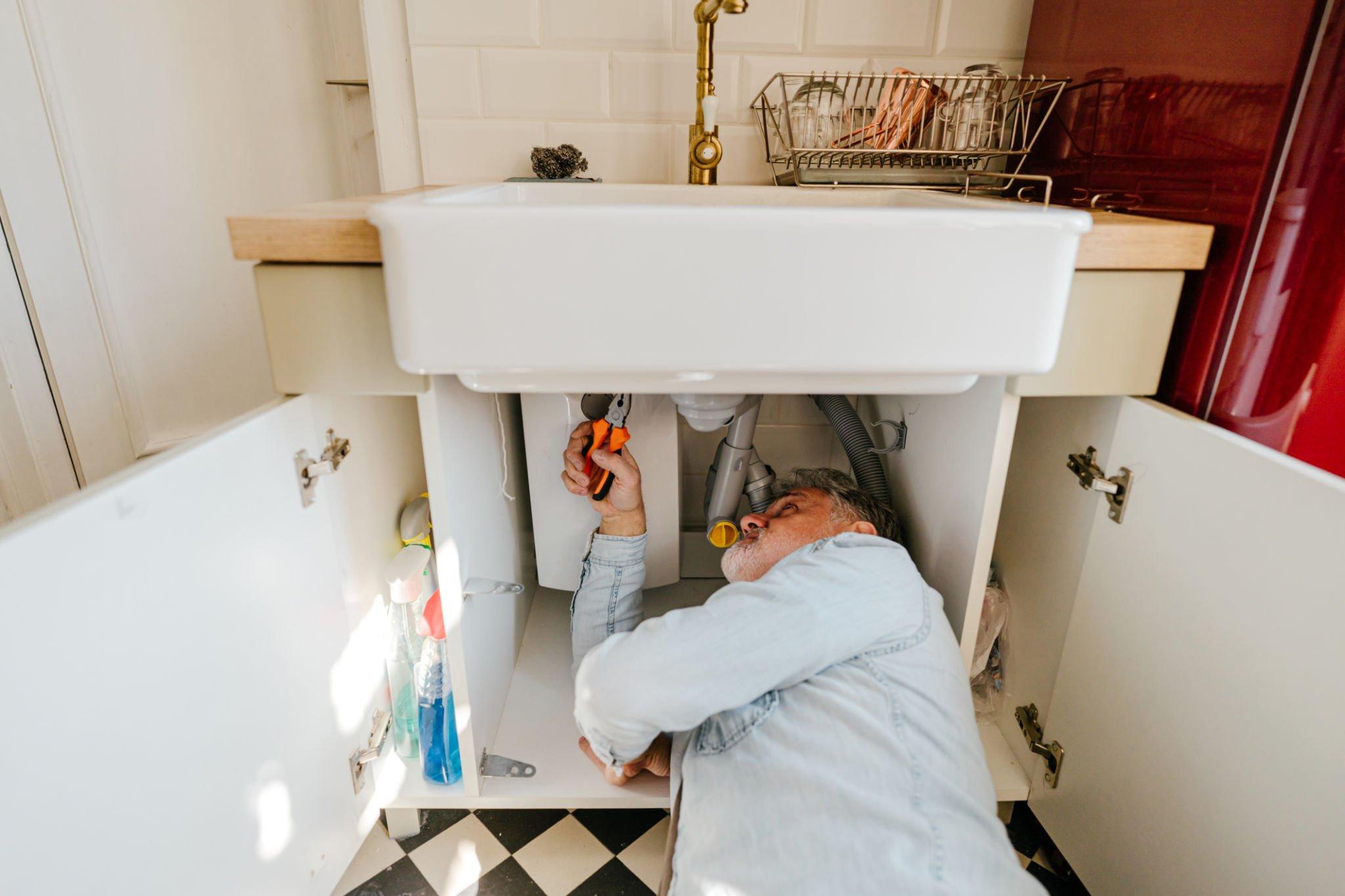How To Recognize and Tend to Water Damage in Your Home
Water damage in a home can be a significant problem, causing structural damage, mold growth, and other issues. Fortunately, you can take steps to minimize the damage and get your home back to normal. I needed more information on how to recognize and react best if I suspected water damage inside my home, where Dr.Quck Dry’s water damage restoration company was of enormous help.

Contents
Identify the Source of the Damage
First, it’s essential to identify the source of the water. This could be a leaky pipe, an overflowing bathtub, or heavy rain. Once you know where the water is coming from, you can take steps to stop the flow of water.
There are several signs that can indicate water damage in a home. Some of the most common include:
- Visible water stains: Look for discoloration or staining on walls, ceilings, and floors, which can signify water damage.
- Musty odors: A musty smell can indicate the presence of mold or mildew, which can be caused by water damage.
- Peeling paint or wallpaper: If paint or wallpaper is peeling or bubbling, it could be a sign of water damage.
- Warping or buckling of floors: Water can cause wooden floors to warp or buckle and tile or linoleum floors to become loose.
- Condensation on windows: If you notice condensation on windows, it could be a sign of high humidity levels in the home, which can be caused by water damage.
- Water leaks: Look for signs of water leaks, such as water stains around pipes or appliances or water pooling in the basement or crawl space.
- Presence of mold: Mold growth is another indication of water damage, it can be black, green, or yellow, and it smells musty.

What to Do Next?
Next, remove any standing water as soon as possible. Use a wet/dry vacuum or mop to soak up as much water as possible. You may also need to use a dehumidifier or fans to help dry out the affected area. If the water damage is extensive, it may be necessary to call in a professional. A water damage restoration company can help assess the damage and take steps to remove any mold or other contaminants. They may also need to remove and replace drywall, flooring, or other materials that have been damaged by water.
How to Prevent Water Damage?
To prevent water damage in the future, it’s vital to maintain your home’s plumbing and appliances. Check for leaks regularly and make sure any appliances that use water, such as dishwashers or washing machines, are in good working order. It’s also a good idea to install a sump pump in your basement or crawl space to help prevent water from entering your home. Another thing to consider is to have a water alarm. You can place it in a basement, near a water heater, or in any place you think is prone to water leaks. This way, you’ll be alerted as soon as the water is detected, which can help to minimize damage. It’s also a good idea to have an emergency plan in place in case of a water emergency. This should include the contact information of a plumber, a water damage restoration company, and your insurance agent.

How to React?
In the event of water damage, it’s essential to act quickly to minimize damage. By identifying the source of the water, removing standing water, and calling in professionals if necessary, you can help get your home back to normal as soon as possible. With proper maintenance and an emergency plan in place, you can also help prevent water damage from occurring in the future.


One thought on “How To Recognize and Tend to Water Damage in Your Home”